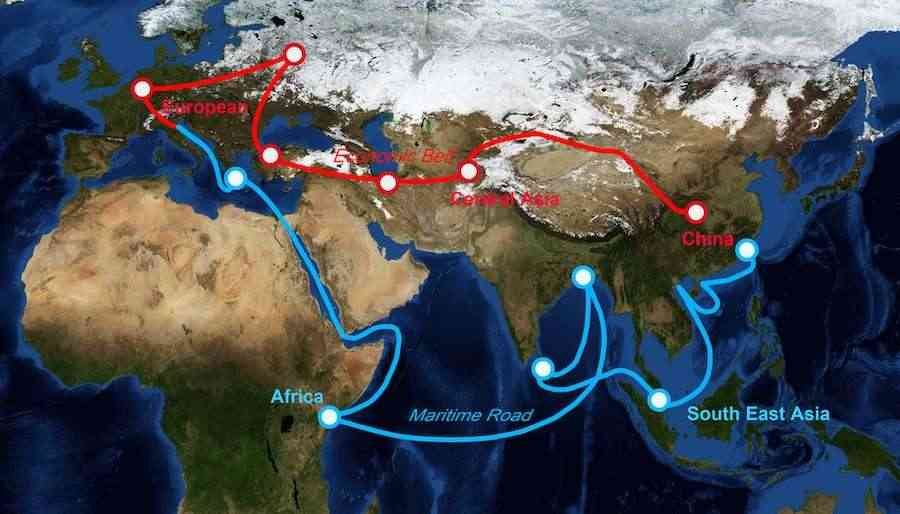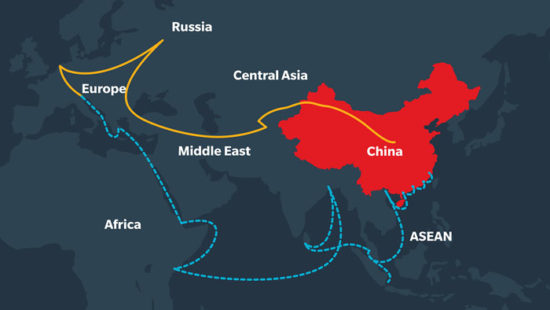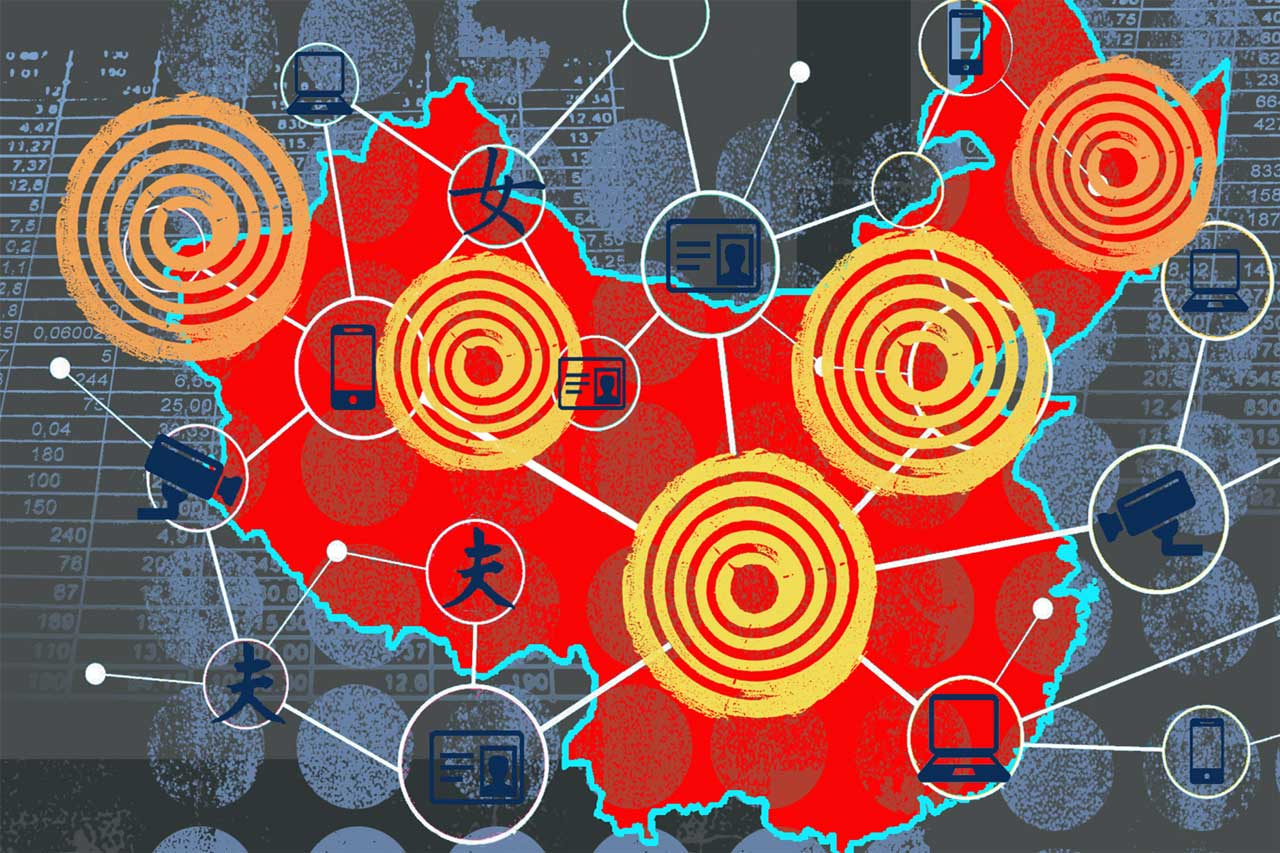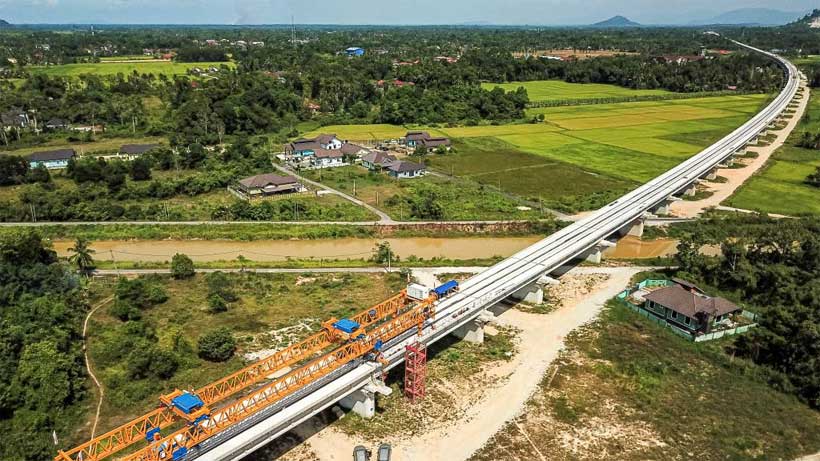From the dusty ports of Boston to the booming railroads that stretched across the American frontier, tariffs were more than just economic levers—they were the fuel that powered the United States’ transformation from a fledgling republic to a formidable industrial power. In an era before federal income taxes, credit systems, or central banks, import duties provided the essential financial lifeline for the federal government. These tariffs weren’t merely tools for balancing trade—they were the single most reliable source of national revenue, enabling America to invest in its future. Dive into how tariffs financed U.S. growth, paid war debts, and fueled industrialization from 1800 to 1912. Discover the economic legacy of tariffs.
Between 1800 and 1912, tariffs played a foundational role in shaping what we now call the American Dream. They funded the construction of critical infrastructure like roads, canals, and railroads that linked distant regions and created new markets. Also, they protected domestic industries from foreign competition, giving rise to homegrown innovation and manufacturing. They paid down war debts, sustained national defense, and financed the federal machinery of a rapidly growing nation. In short, tariffs didn’t just support the American economy—they sculpted its very structure.
This blog offers a comprehensive financial and historical exploration of how tariffs functioned not just as trade barriers but as powerful instruments of nation-building. Through rich data, real-world examples, and policy context, we’ll uncover how these early revenue policies built the backbone of U.S. industrialization, accelerated westward expansion, and influenced everything from political alliances to economic justice. Understanding this period is critical—not just for historians, but for modern policymakers navigating today’s debates around trade, protectionism, and economic sovereignty.
Tariffs as America’s Primary Revenue Engine
Before 1913, tariffs accounted for over 80% of federal revenue in most years. The money collected at ports fueled everything from government salaries to infrastructure projects.
| Year | Tariff Revenue as % of Total Federal Revenue |
|---|---|
| 1800 | 94% |
| 1850 | 89% |
| 1880 | 57% |
| 1900 | 42% |
| 1912 | 40% |
The Customs Service was a major federal institution. Tariff duties were collected primarily in New York City, which alone generated more revenue than most states combined. These funds helped:
- Pay off debts from the Revolutionary and Civil Wars
- Fund westward expansion
- Build federal institutions like the Post Office and the U.S. Mint
Building Infrastructure with Tariff Dollars
One of the clearest uses of tariff revenue was in financing infrastructure. In the 19th century, the federal government funded roads, canals, and railroads vital to connecting the growing nation.
Key Infrastructure Projects Fueled by Tariffs:
- National Road (1811–1837): The first major federally funded highway.
- Erie Canal (completed 1825): Revolutionized shipping between East Coast and Midwest.
- Transcontinental Railroad (1863–1869): Though backed by land grants, federal support relied in part on tariff income for operations.
These projects expanded trade, enabled migration, and strengthened federal control over a sprawling territory.
American Tariffs and Industrial Expansion
Tariffs didn’t just build infrastructure—they built factories, steel mills, and machine shops. Protected by high import duties, U.S. industries thrived. This was especially evident during the late 1800s.
Notable Industrial Tariffs:
- Morrill Tariff (1861): Raised duties to protect Northern industries during the Civil War.
- McKinley Tariff (1890): Average duties soared to nearly 50%, benefiting steel, textiles, and machinery.
Sector-Wide Impact:
| Industry | Growth (1860–1900) | Role of Tariffs |
|---|---|---|
| Iron & Steel | 10x increase in output | Blocked British imports |
| Textiles | Became globally competitive | Protected from low-cost UK goods |
| Railroads | 163,000 miles by 1900 | Steel tariffs enabled expansion |
These protective measures created domestic markets, spurred innovation, and gave rise to major American companies like Carnegie Steel and Singer Manufacturing.
Paying Off War Debts and Strengthening the Union
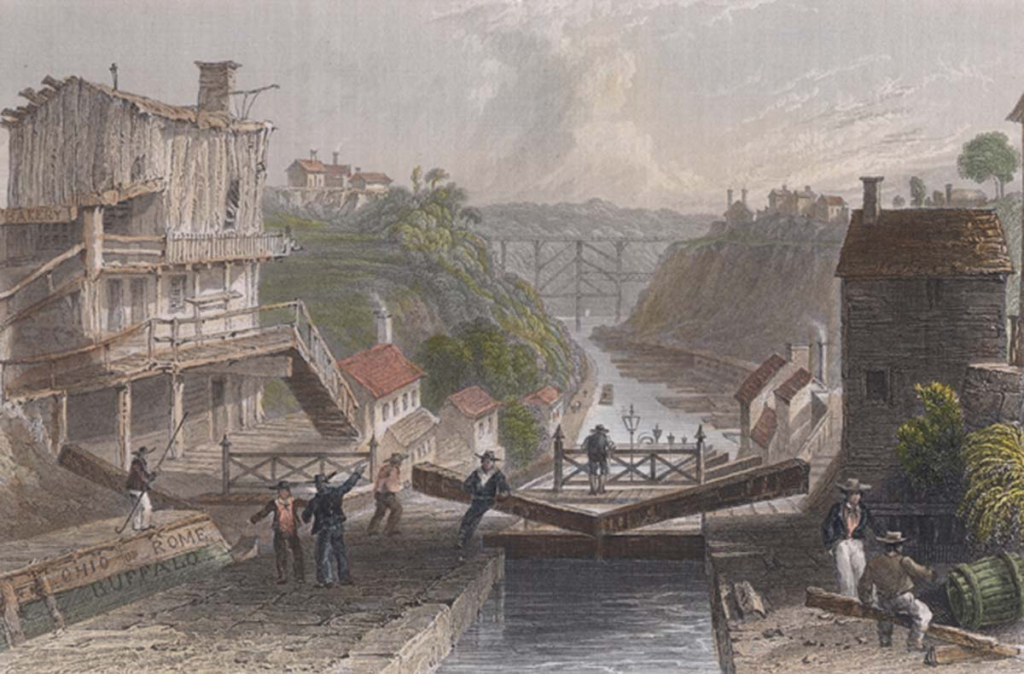
Following the War of 1812 and the Civil War, the federal government faced massive debts. Tariff revenue was crucial in:
- Paying bondholders
- Funding veterans’ pensions
- Rebuilding war-torn Southern infrastructure
By 1880, the U.S. had become one of the few nations to pay off most of its national debt without imposing an income tax—a feat made possible by strong tariff collection.
Political Implications: Tariff vs. Free Trade Debates
Tariffs were always political. While the North supported high tariffs to protect its industries, the South favored free trade to keep import prices low. This tension:
- Fueled the Nullification Crisis (1832)
- Was a key issue in the formation of the Republican Party
- Played a central role in presidential elections throughout the 19th century
Key Presidential Platforms:
- Abraham Lincoln (1860): Pro-tariff, pro-industry
- Grover Cleveland (1888): Advocated lower tariffs
- William McKinley (1896): Championed high protectionist policies
Tariffs shaped not just economies but also party identities and voter blocs.
American Tariffs Limitations and Criticisms
While tariffs drove growth, they had downsides:
- Increased consumer prices for goods
- Encouraged monopolies shielded from competition
- Provoked retaliatory tariffs from foreign nations
By the early 1900s, these issues sparked debate on alternatives like income taxation. This led to the Sixteenth Amendment (1913) and the Underwood Tariff Act, which:
- Reduced average duties from 40% to 26%
- Introduced a federal income tax
Conclusion:
The story of America’s rise to industrial power is incomplete without tariffs. These duties were more than taxes—they were investments in national development. From building roads and railways to protecting jobs and factories, tariffs shaped the modern American economy in profound ways.
The challenges that emerged from over-reliance on tariffs—regional conflicts, consumer price hikes, trade retaliation—mirror many debates seen in 21st-century trade policy. But understanding how tariffs once funded a nation provides valuable insight for modern policymakers.
Mattias Knutsson, a Strategic Leader in Global Procurement and Business Development, puts it best: “The tariff era shows that economic policy can be a unifying engine when aligned with national goals. But it must evolve with time. Today, leaders must find modern equivalents that invest in infrastructure and resilience without repeating historical pitfalls.”
As the world enters a new age of re-industrialization and onshoring, the lessons of 1800–1912 serve as both a roadmap and a caution sign. The American Dream was, in part, built at customs houses. The question now is: what will build the next one?
Trumps Tariffs Trade War Series:
Historical Background
- From Protection to Prosperity: The Role of Tariffs in Financing Early America
- The Tariff Battles of the 19th Century: Industrial Growth and Political Divide
- How Tariffs Built Railroads, Factories, and the American Dream (1800–1912)
Background to Today’s Tariffs
- From Smoot-Hawley to the WTO: A Century of Trade Policy Shifts
- The Rise of Free Trade and the Decline of Tariffs: 1945 to 2000
- The Tariff Comeback: Why Tariffs Returned as a Political Weapon in the 21st Century
Trump Tariffs Deep Dive: Trade Wars with the EU, China, and Beyond
- Trump’s Tariff Strategy: National Security or Economic Gamble?
- EU Under Pressure: Wine, Steel, and the Automotive Tariff Threat
- The U.S.-China Trade War Timeline: From Tariff Waves to Tech Decoupling
- Collateral Damage: How Trump Tariffs Affected Mexico, Canada, India, and Japan
Country-by-Country Response Monitoring: Reactions to Trump’s 2025 Tariff Hike
- China Strikes Back: Export Controls, Rare Earths, and Consumer Tech Retaliation
- European Union’s Balancing Act: Strategic Patience or Trade Fight Ahead?
- Japan and South Korea: Strategic Allies or Silent Rivals in Tariff Diplomacy?
- ASEAN & India: Winners or Losers in the Tariff Shuffle?
- South America’s Role in a Polarized Trade World
Ongoing Monitoring and News Reaction: Tracking Trump’s Tariffs in Real-Time
- Week-by-Week: The Global Market Reaction to Trump’s 2025 Tariff Policy
- U.S. Companies Caught in the Crossfire: How Businesses Are Adjusting to Tariff Shocks
- From Retail to Rare Earths: Key Sectors Most Affected by New Tariffs
- Trade Talks Tracker: Are New Negotiations a Signal of Resolution or More Chaos?
- Inside the Beltway: How Congress, Lobbyists, and Think Tanks are Shaping the Tariff Narrative


